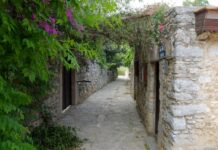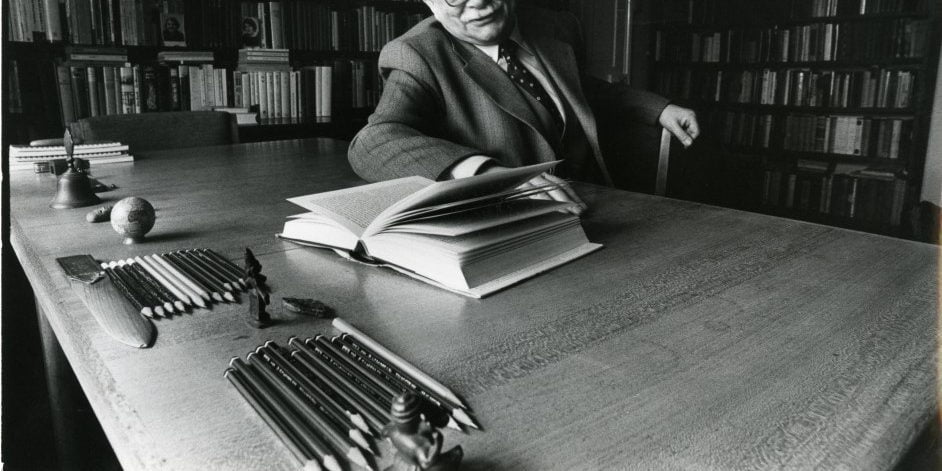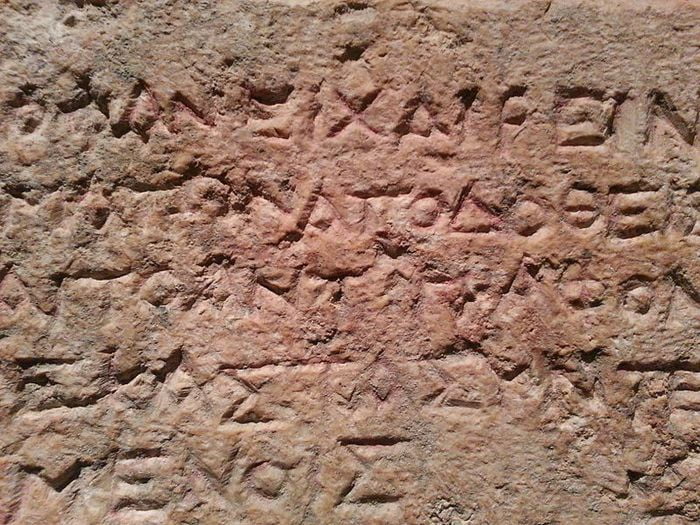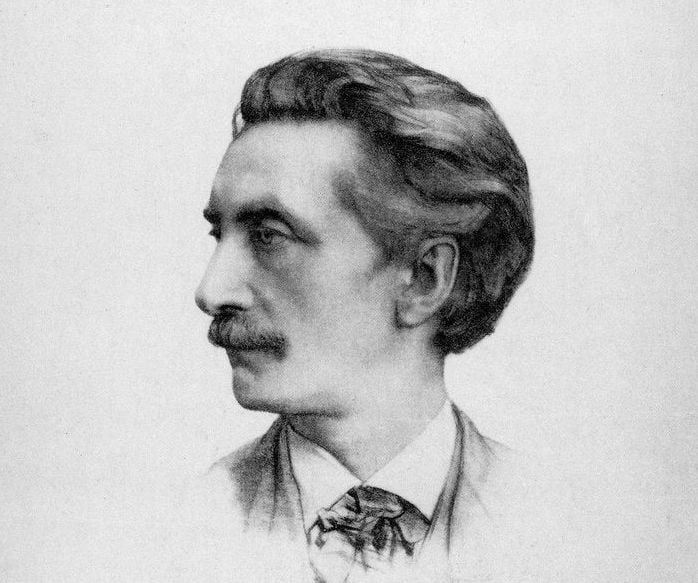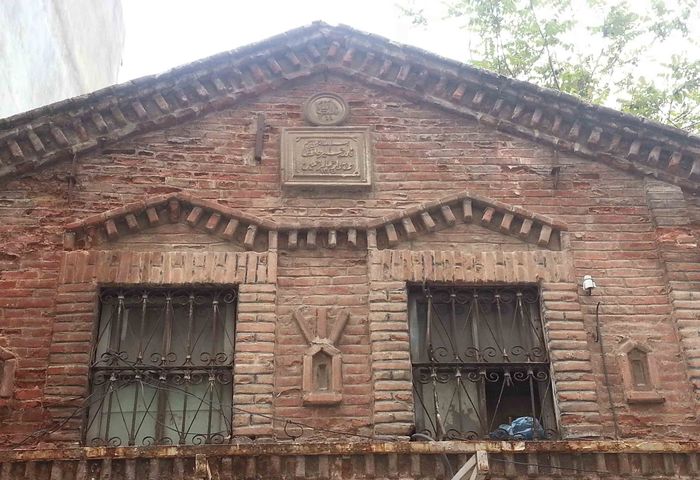IV Shortly afterwards Bohemund came to him, bearing witness on his face of the defeat he bad sustained. We will now relate how f ate had dealt him this blow. The young man, mindful of his father’s counsels and being moreover naturally fond of war and of confronting dangers, steadily pursued the war with the Emperor. Taking his own soldiers with him and accompanied by all the picked men of the Romans and by the chiefs of the districts and towns which had been subdued by Robert (for these threw themselves heart and soul into Bohemund’s cause once they had given up the Emperor’s case as hopeless), he marched through Bagenetia to Joanina.
Here he first drew trenches in the vineyards outside the town and disposed all his troops in convenient positions, and then set up his own tent inside the town. He made a survey of the walls and recognising that the citadel was in a dangerous condition, he not only hastened to restore it as far as was possible, but he even built a second very strong one in another part of the walls where he thought it would be of more use; he also sent out raiding parties to plunder the surrounding country and towns.
Thereupon the Emperor without the slightest delay, collected all his troops, and hurriedly left Constantinople in the month of May. When he arrived at Joanina, it was the right season for fighting. As he recognized that his own armies were but a fraction of Bohemund’s forces and knew besides from his previous battles with Robert that the first onset of the Frankish cavalry upon their opponents was quite irresistible, he judged it would be best to have an attack by missiles made first upon the enemy by a small picked body of peltasts.
Military experience Bohemund
By this means he would gain some idea of how much military experience Bohemund possessed, and by several partial attacks he would be able to form some opinion of the general state of affairs, and then, with the knowledge he had gained, engage in battle against the Franks with greater confidence. The two armies were burning with impatience to attack each other. But the Emperor dreading the irresistible first shock of the Latin cavalry hit upon a new device.
He had wagons built, smaller and lighter than the ordinary ones, and four poles fixed to each, in these he placed heavy infantry so that when the Latins came dashing down at full gallop upon the Roman phalanx, the heavy-armed infantry should push the wagons forward and thus break the Latins’ line.
Read More about A Newyear`s Eve Confession part 2



